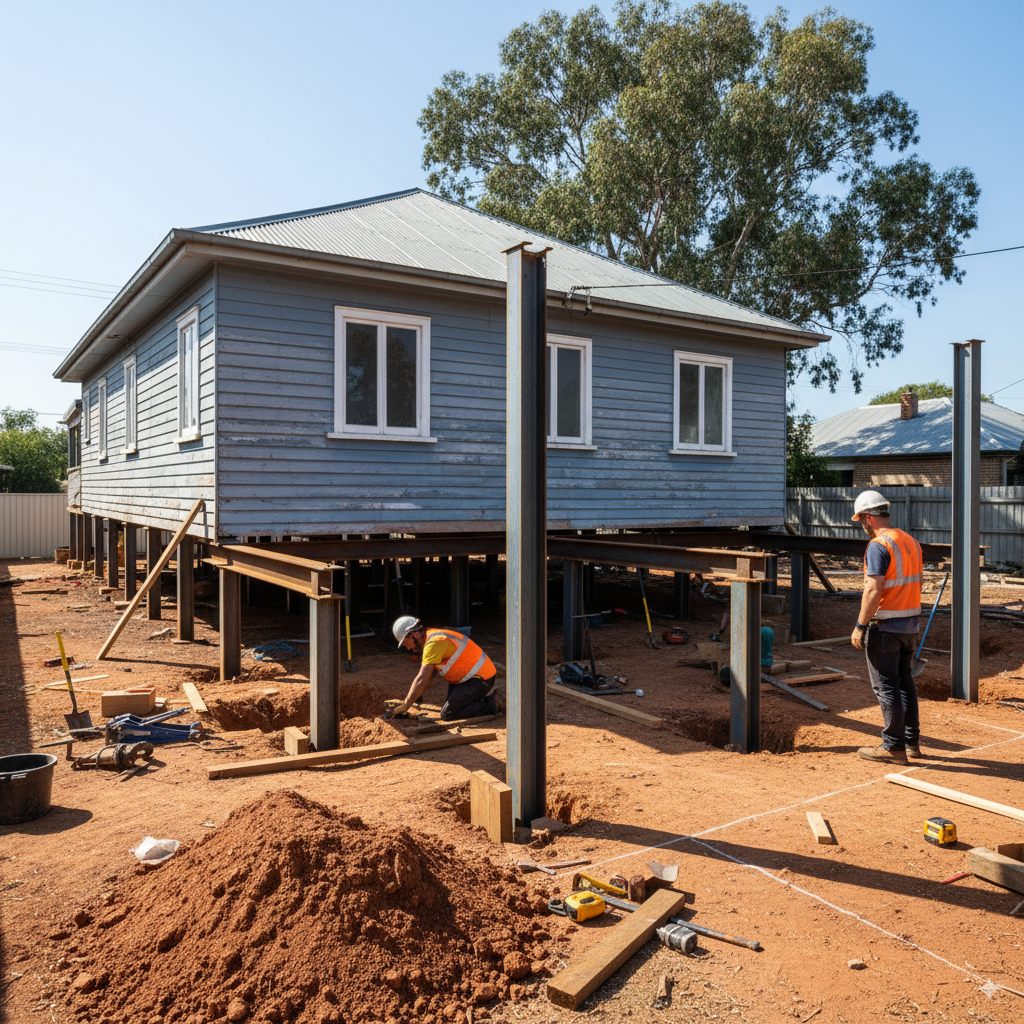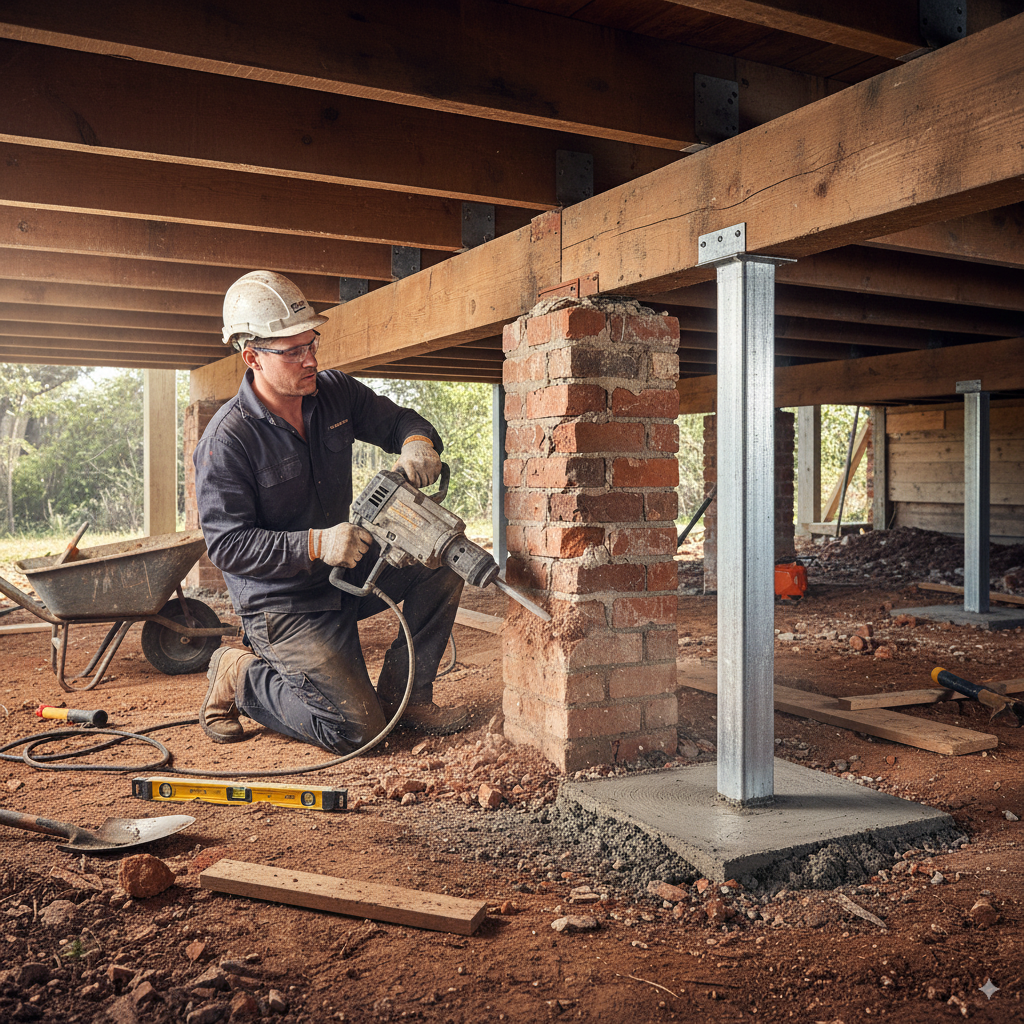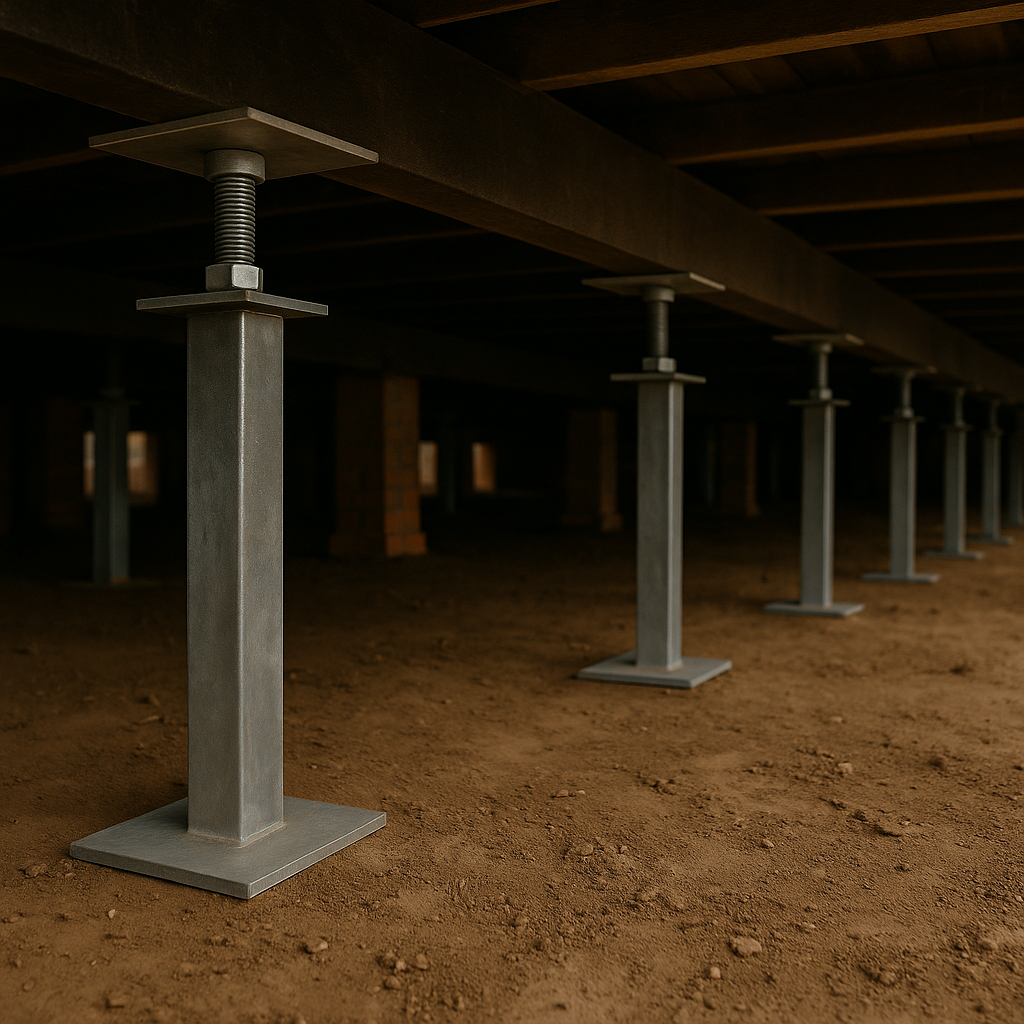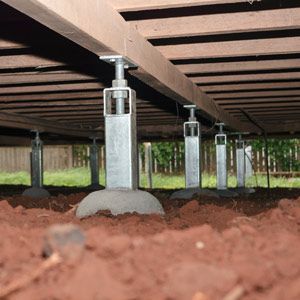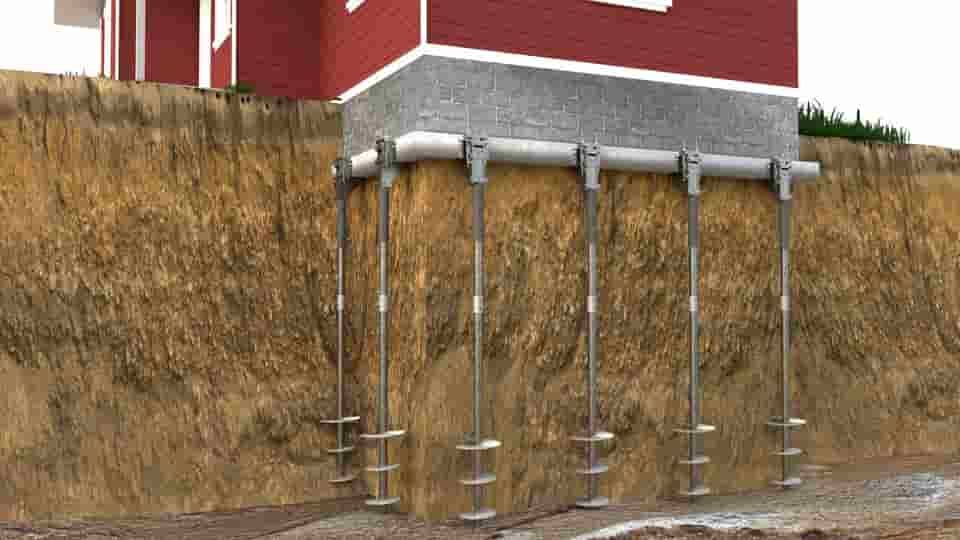Can House Levelling Fix Sagging or Bouncy Floors?
This is a subtitle for your new post
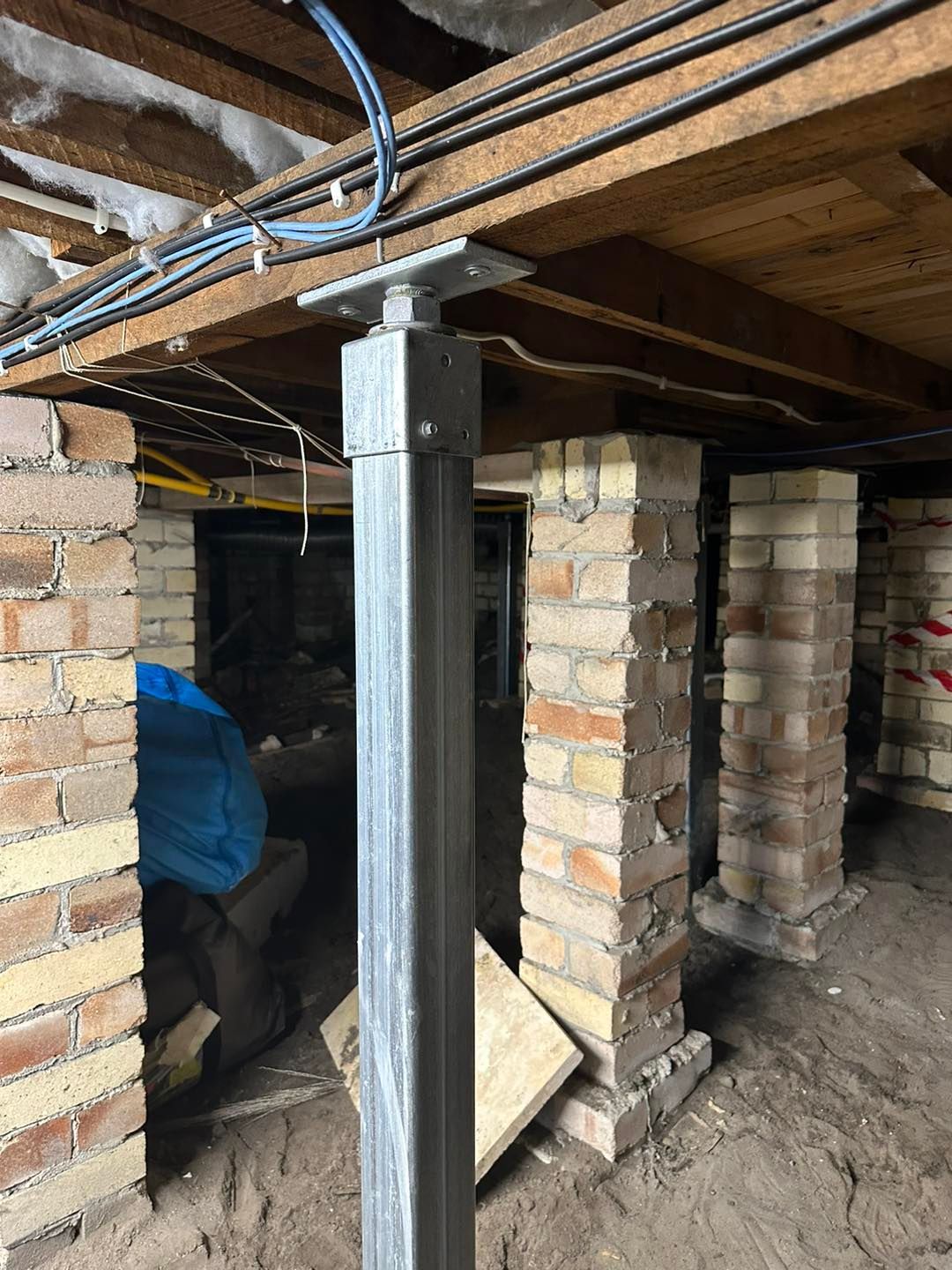
Can House Levelling Fix Sagging or Bouncy Floors?
Ever walked across your living room and felt the floor dip under your feet? Or maybe you’ve got that one room where everything just feels a little springy, like a trampoline? If your floors are sagging, sloping, or bouncing, it’s a clear sign something’s going on beneath the surface — and it might be time to look into house levelling.
Here’s what causes these issues and how the right levelling approach can bring stability (and peace of mind) back to your home.
What Causes Sagging or Bouncy Floors?
There are a few common culprits behind sagging floors or that tell-tale bounce when you walk across the room — especially in older Sydney homes:
1. Failing or Rotten Floor Joists
Over time, timber joists can weaken due to moisture, termite damage, or general ageing. If they sag, so will your floors.
2. Sunken or Shifted Stumps
Homes built on timber or concrete stumps rely on those supports to hold everything up. If a stump sinks, moves or deteriorates, it throws everything off balance.
3. Soil Movement
Sydney’s reactive clay soils expand and contract with moisture changes. That constant shift can cause parts of the foundation to sink, leading to uneven or springy floors.
4. Poor Original Work or DIY Fixes
Sometimes, the structure under your floors wasn’t built properly to begin with — or it’s been “patched” over the years without solving the root cause.
Can House Levelling Fix It?
In most cases — absolutely. House levelling is designed to correct the underlying cause of floor movement, not just cover it up. The key is choosing the right method for your home’s foundation and structural setup.
Here’s how we typically fix bouncy floors and sagging floors:
Reblocking or Restumping
This is the most common fix for timber homes with failing stumps. We lift the home, replace the old supports with new, durable stumps (usually concrete or galvanised steel), and level the structure back to where it should be.
Structural Levelling
This involves adjusting floor bearers and joists, often by jacking them up and securing them with additional support or shimming. It’s a precise job that requires checking levels across the entire floor frame.
Subfloor Repairs
If your floor joists or bearers are damaged or undersized, we can repair or reinforce them to eliminate sag and bounce. This might include installing extra piers or cross-bracing for better load distribution.
Floor Levelling Compounds
If the bounce is minor and the base structure is still sound, we can use floor levelling compounds to smooth out dips or uneven spots before installing new flooring.
How Do You Know If You Need House Levelling?
You might need structural levelling if:
- Floors noticeably slope or dip in certain areas
- There’s a spongy or springy feel when you walk
- Cracks are forming in walls or tiles near the floor
- Skirting boards are pulling away from the floor
- Doors are sticking or not closing properly
We recommend a full inspection to confirm what’s going on — and whether levelling is the right fix.
Get the Bounce Out of Your Floors
At Sydney House Leveling, we specialise in identifying the root cause of sagging, bouncing, and uneven floors — and fixing it properly, not just patching it over. Whether your home needs reblocking, joist repairs, or a full levelling job, we’ve got you covered.
- Free onsite inspections across Sydney
- Clear, honest quotes with no surprises
- Solutions that are built to last
Let’s sort out your floors and get your home feeling solid again.

